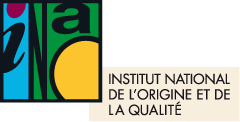90 years exhibition: France's first 6 appellations d'origine contrôlée
The decree of May 15, 1936, constitutes the first official recognition of Appellations d'Origine Contrôlée (AOC) in France. This text establishes a legal framework designed to protect agricultural products whose quality and characteristics depend on their terroir of origin.
Six wine appellations were established: Arbois, Cassis, Châteauneuf-du-Pape, Cognac, Monbazillac and Tavel. These first AOCs reflected the desire to preserve local know-how and protect against competition and fraud. They heralded the gradual creation of a national system of appellations, rapidly extended to other major terroirs, such as Chablis, Saint-Émilion and Sauternes, also recognized in 1936.
THE 6 FIRST AOC VITICOLES
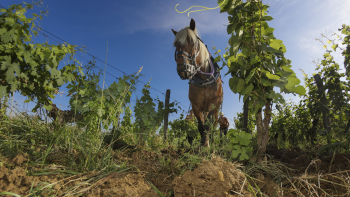
ARBOIS
In the Jura wine-growing region, Arbois stood out for the strong mobilization of winegrowers to defend the typicality of their wines, based on autochthonous grape varieties such as Savagnin or Poulsard. This recognition was intended to protect specific practices, such as the ageing of vin jaune under veil. The vineyards stretch around the town of Arbois, on marly soils typical of the Revermont.
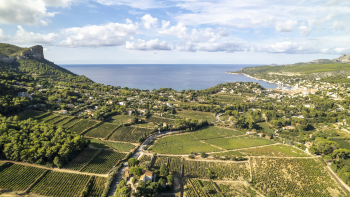
CASSIS
On the Provencal coast, the Cassis vineyard was awarded AOC status in order to preserve a winegrowing heritage previously threatened by phylloxera. Planted in restanques (terraces) on a limestone terroir, exposed to sea breezes, it benefits from a temperate microclimate that favors the production of dry white wines with a strong identity, made from grape varieties such as Marsanne and Clairette. The appellation area is strictly limited to the commune of Cassis.
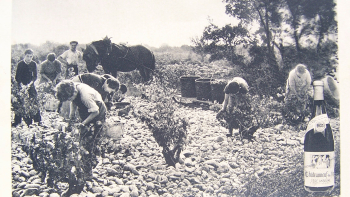
CHÂTEAUNEUF-DU-PAPE
As early as the 1920s, the Châteauneuf-du-Pape vineyard adopted internal regulations defining grape varieties, yields and practices, prefiguring the future AOC specifications. Situated at an altitude of 120 meters in the Vaucluse region, the vineyards are mainly planted on rolled pebble soils. It produces powerful red wines and dry whites from thirteen authorized grape varieties, including Grenache, Syrah and Clairette.
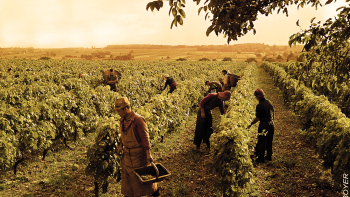
COGNAC
In the Charentes region, Cognac has benefited from a production framework since 1909, due to its high commercial value. The AOC formalizes precise rules: white grape varieties (such as Ugni blanc), double distillation in Charentais stills and aging in oak barrels for a minimum of two years. The appellation area is divided into six crus (Grande Champagne, Borderies, etc.) around the town of Cognac.
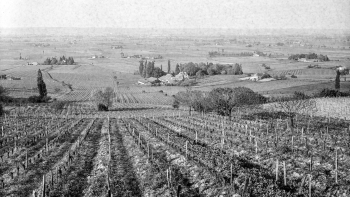
MONBAZILLAC
In southern Périgord, Monbazillac has obtained AOC status to guarantee the origin of its sweet wines. Here, Sémillon, Sauvignon and Muscadelle develop complex aromas thanks to the morning mists of the Dordogne valley. The area includes five southeast-facing communes, south of Bergerac, on clay-limestone soils conducive to grape concentration.
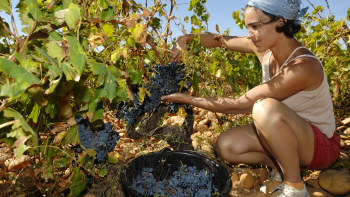
TAVEL
Tavel, on the right bank of the Rhône in the Gard department, produces a dry, structured rosé for ageing, made by short maceration of a blend of red and white grape varieties, including Grenache, Cinsault, Syrah and Clairette. The appellation covers some 800 hectares around Tavel and Roquemaure. The stony soils, composed of limestone and rolled pebbles, ensure good drainage and influence the character of the wine.
Exhibition summary: INAO, 90 years at the service of French agriculture
Download the exhibition panel
Exposition 90 ans INAO - Panneau 9
« LES 6 PREMIÈRES APPELLATIONS D’ORIGINE CONTRÔLÉE FRANÇAISES »
